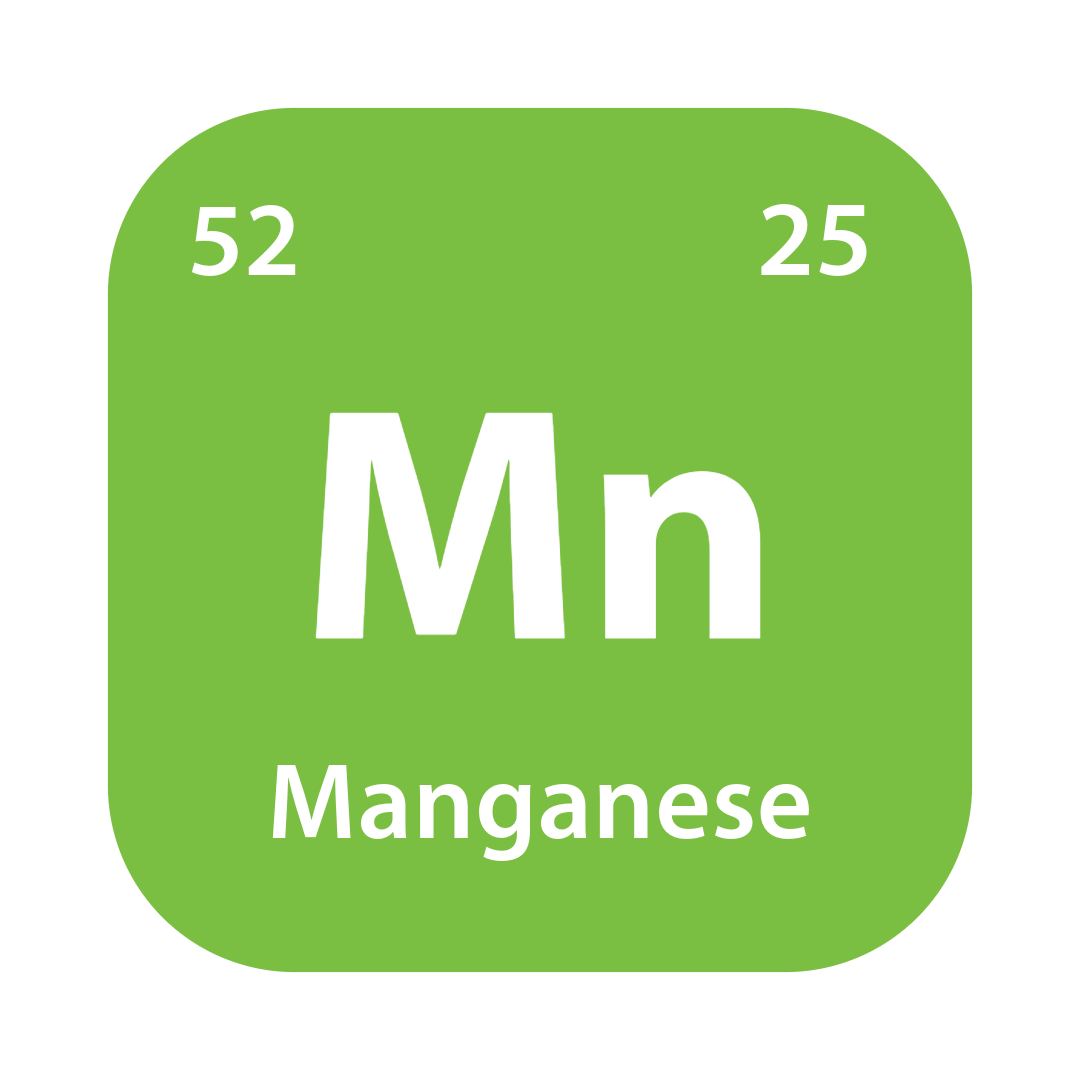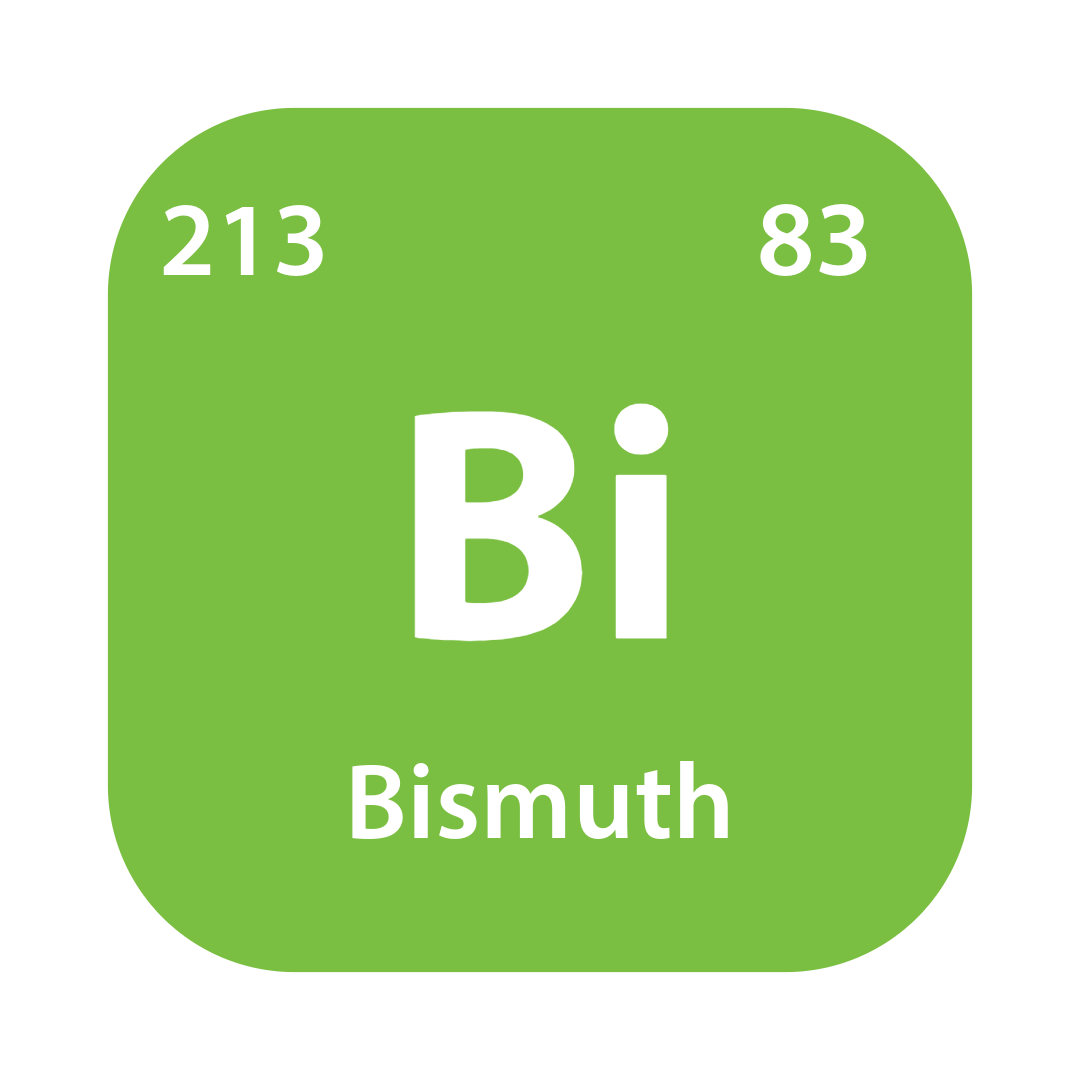
March Isotope Spotlights
The DOE Isotope Program maintains an extensive inventory of radioactive and stable isotopes. Below are a select few that are currently in inventory and ready to dispense to meet your research and commercial needs. For a complete list visit our product catalog.
Manganese-52g
Manganese-52g (Mn-52g) is an isotope of interest as a long-lived positron emitter for investigating the biodistribution of intact antibodies or nanoparticles, and as a potential Positron Emission Tomography (PET) analog for the development of dual labeled PET/Magnetic Resonance Imaging (MRI) agents.
This isotope is produced at the University of Alabama Birmingham and by the University of Wisconsin Cyclotron Research Group, both members of the University Isotope Network.
Manganese-52 can be ordered in mCi quantities as Manganese II in 0.1 M HCl (MnCl2).
Actinium-225/bismuth-213 generator
An actinium-225/bismuth-213 (Ac-225/Bi-213) generator provides the radioactive component in emerging cancer treatment options for leukemia, lymphomas, and micro-metastatic carcinomas.This generator produces Bi-213, an alpha-emitting isotope with high potency for destroying cancer cells while minimizing damage to surrounding healthy tissue.
Actinium-225/bismuth-213 generators are assembled at Oak Ridge and Brookhaven National Laboratories using Ac-225 produced through proton bombardment on a natural thorium target.
The Ac-225/Bi-213 generator can be ordered in mCi quantities and is housed in 1.25 inch lead pig with inlet/outlet holes.
Cobalt-55
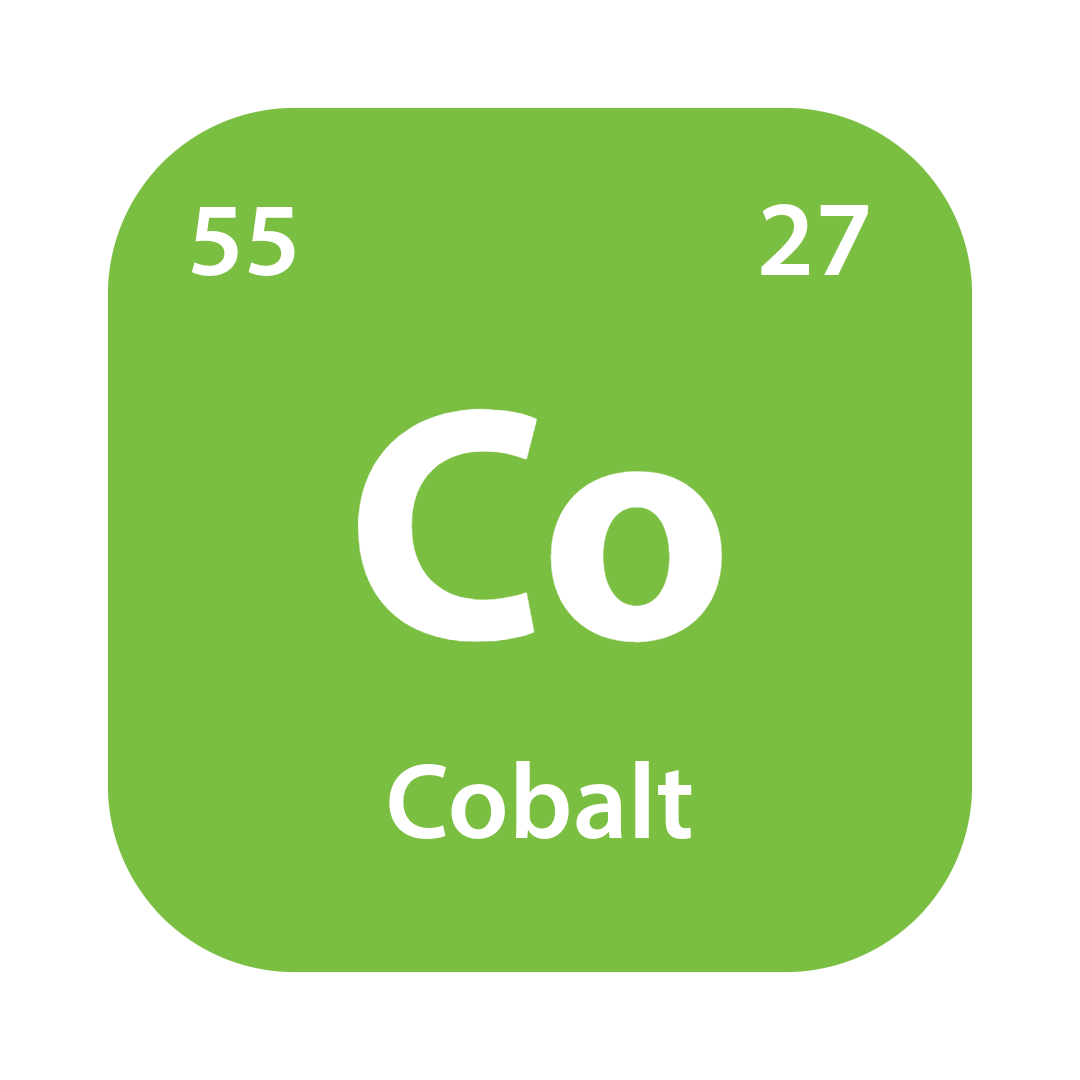 Cobalt-55 (Co-55) shows promising use in Positron Emission Tomography (PET) imaging of cancer and other diseases. Lung and oncology imaging, Prostate-Specific Membrane Antigen (PSMA) imaging of prostate cancer, and targeted radiolabeled antibodies for ablation therapy are uses for the isotope. Co-55 has a half life of 17.53 hours to iron-55.
Cobalt-55 (Co-55) shows promising use in Positron Emission Tomography (PET) imaging of cancer and other diseases. Lung and oncology imaging, Prostate-Specific Membrane Antigen (PSMA) imaging of prostate cancer, and targeted radiolabeled antibodies for ablation therapy are uses for the isotope. Co-55 has a half life of 17.53 hours to iron-55.
This isotope is produced at the University of Alabama Birmingham Cyclotron Facility, a member of the University Isotope Network.
Cobalt-55 is available in mCi quantities. The final product is distributed in a screw cap plastic vial with a >95% radioisotopic purity at end of bombardment radionuclidic purity.
Arsenic-73
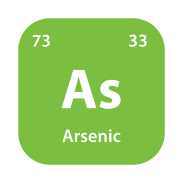
Arsenic-73 (As-73) is commonly used as a radiotracer for medical research. As-73 has a half-life of 80.3 days decaying to germanium-73, and is produced at the Isotope Production Facility at Los Alamos National Laboratory through proton bombardment on a germanium target. The radionuclidic purity is >99% (exclusive of As-74).
Arsenic-73 can be ordered in mCi quantities as Arsenic (V) in 0.1 N HCl.
Astatine-211
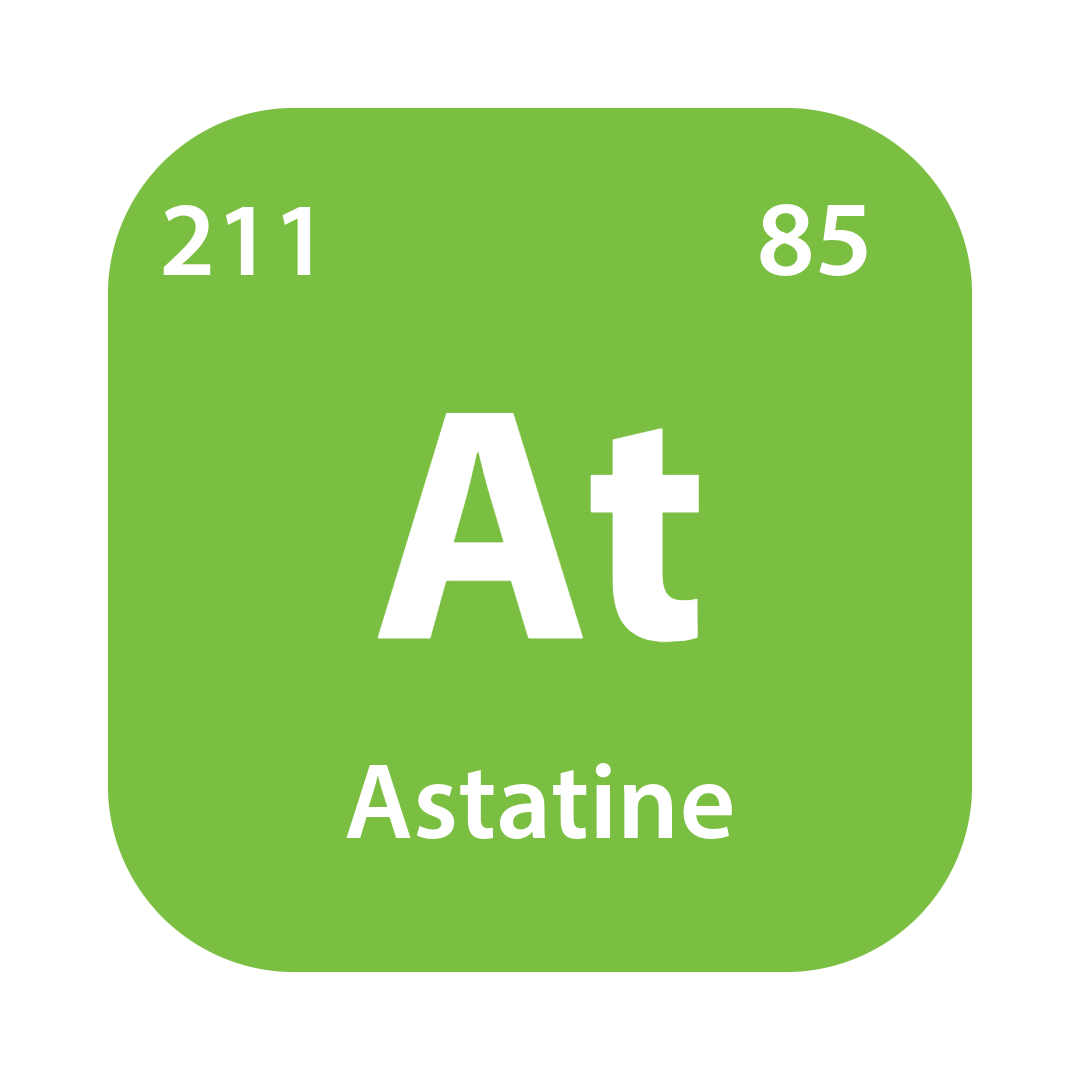 Astatine-211 (At-211) is a radioisotope of interest for use in targeted alpha therapy. This short-lived alpha-emitting radionuclide (t1/2 = 7.214 hours) is well-suited for this purpose, as it offers the potential for extremely localized irradiation of malignant cells when attached to cancer-targeting agents, leaving neighboring healthy cells intact. To date, At-211 has demonstrated significant potential in the treatment of blood, ovarian, and certain types of brain cancers
Astatine-211 (At-211) is a radioisotope of interest for use in targeted alpha therapy. This short-lived alpha-emitting radionuclide (t1/2 = 7.214 hours) is well-suited for this purpose, as it offers the potential for extremely localized irradiation of malignant cells when attached to cancer-targeting agents, leaving neighboring healthy cells intact. To date, At-211 has demonstrated significant potential in the treatment of blood, ovarian, and certain types of brain cancers
Due to the short half-life of At-211, the DOE IP utilizes regional production via University Isotope Network partners – the University of Washington (UW) and Texas A&M University (TAMU). Both of these university sites produce radiochemical grade At-211 via the 209Bi(a, 2n)211At reaction where natural bismuth metal targets are bombarded with alpha particles. The resulting product is a sodium astatide in NaCl solution with a radioisotopic purity of >99.5% from UW or adsorbed onto 3-octanone impregnated column with a radioisotopic purity of >99% from TAMU.
Cerium-134
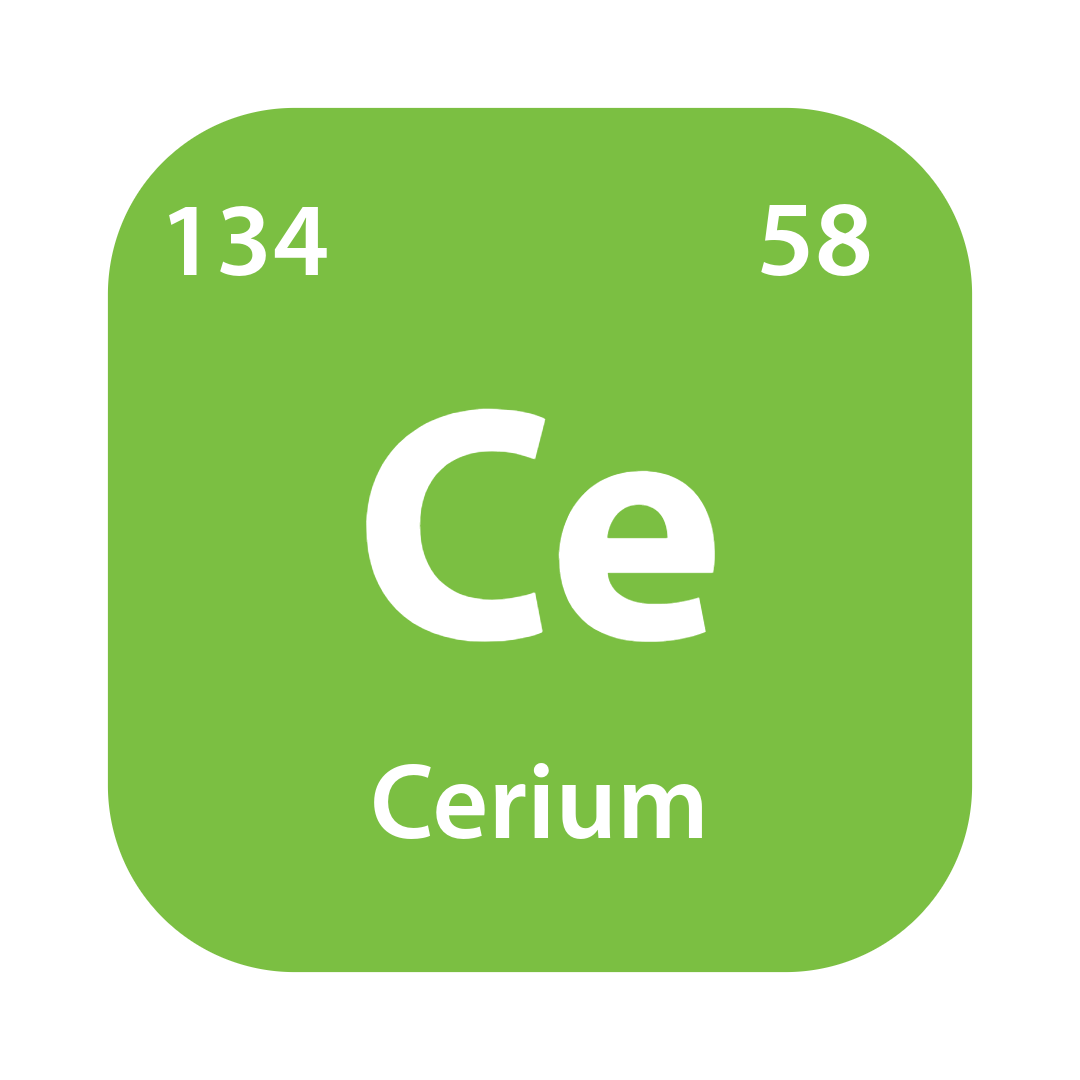 The Department of Energy Isotope Program is the first global supply chain for cerium-134 (Ce-134), enabling emerging technologies and advancing new treatments to combat cancer. Ce-134 is an essential step in advancing the use of alpha emitters for cancer therapy due to its promise as a Positron Emission Tomography (PET) imaging analog for therapeutic actinium-225 and thorium-227 radioisotopes.
The Department of Energy Isotope Program is the first global supply chain for cerium-134 (Ce-134), enabling emerging technologies and advancing new treatments to combat cancer. Ce-134 is an essential step in advancing the use of alpha emitters for cancer therapy due to its promise as a Positron Emission Tomography (PET) imaging analog for therapeutic actinium-225 and thorium-227 radioisotopes.
Cerium-134 is produced monthly using high-energy proton linear accelerators at both Los Alamos and Brookhaven National Laboratories. Together, these sites enable year-round production of this high impact radionuclide.
Cerium-134 is supplied in a chloride solution of Cerium(III) in 0.1 M HCl. It is shipped in a glass crimp-top v-vial.
Report a supply chain concern
We closely monitor international isotope supply and demand. We routinely assess our production capabilities and are prepared to ramp-up production for critical isotopes if a shortage should occur. If you have concerns about the stability of an isotope supply chain, please bring your concerns to our attention.to
|


